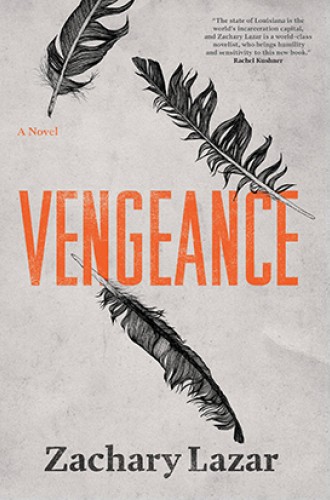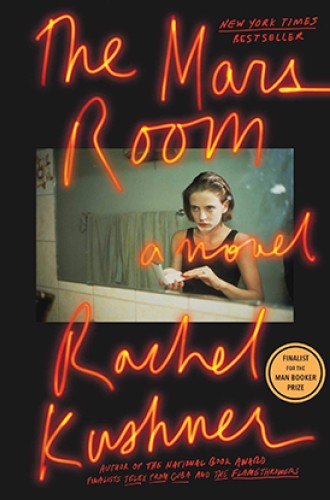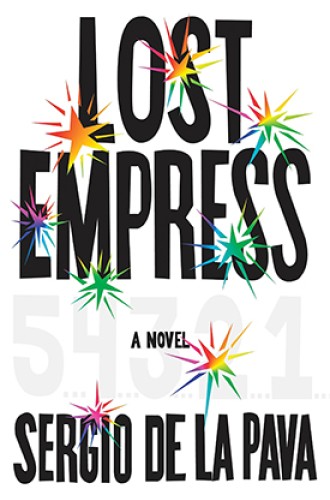Somewhere near the heart of your city sits a squat storage locker of a building. It has some unassuming signage, a high fence, and a science-fictional ability to bend the attention of passersby away from itself. You may drive past this building a dozen times in a month without wondering what it’s for. Prisons and jails are central to the way America conducts its business, yet they are often literally hard to see.
They are hard to represent in fiction, too: so boring as to try readers’ patience and so awful as to try their credence. The writer is caught in a version of the same paradox that faces advocates for oppressed people. If you’re lucky enough to be in a position to get yourself a hearing, it just means you’re inauthentic. Novelists Zachary Lazar, Rachel Kushner, and Sergio De La Pava deserve recognition for taking all of these risks. But only two of them fully succeed.
Vengeance is illuminating in places about the challenges prisoners and their families face, but its most important lessons are accidental. It is an autofiction featuring a character named Zachary Lazar, a novelist and journalist, who visits the infamous Louisiana State Penitentiary at Angola during its semiannual passion play (a real event, until its recent cancellation). He meets a young inmate named Kendrick King and grows obsessed with King’s crime and with the question of his guilt or innocence. He finds King’s relatives and friends, pores over news stories about the case, and visits King repeatedly to grill him.








